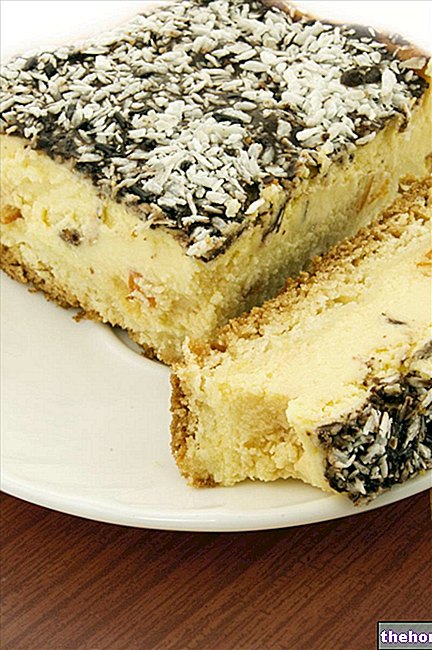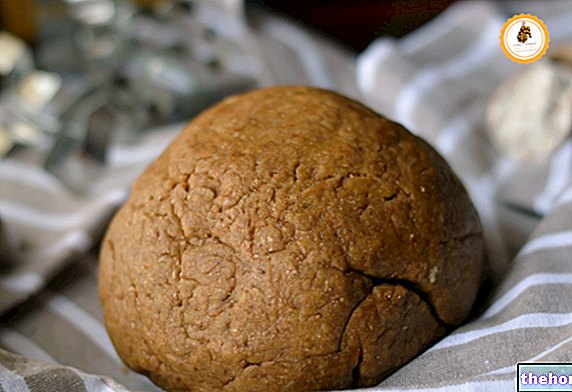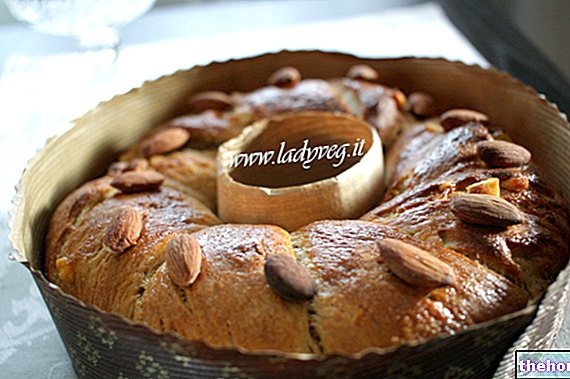If I ask what is one of the most famous Italian dishes in the world, besides pizza, I'm sure many of us would answer: “Spaghetti”! Well, with this recipe a new era of spaghetti will begin: tomato spaghetti. You will say “what a novelty!”. But be careful: I didn't talk about “Spaghetti al pomodoro”, but about “Spaghetti DI pomodoro”. Did I intrigue you? Then let's discover together the Molecular Tomato Spaghetti!
Video of the Recipe
Problems with playing the video? Reload the video from youtube.
Identity Card of the Recipe
- 10 KCal Calories per serving
-
Ingrediants
- 200 g of peeled tomatoes or canned cherry tomatoes
- 200 ml of water
- 1 teaspoon of tomato paste
- q.s. of salt
- q.s. of pepper
- A few basil leaves
- 4 g of agar agar or 2 g of gellan gum
Materials Needed
- Molecular spaghetti kit (1 meter long flexible hollow tubes)
- 2 syringes without needle with a capacity of 25 ml
- Casserole
- Whip
- Bowl with water and ice
- Immersion mixer
- Blotting paper
- Platter
Preparation
- First prepare the sauce. Pour the peeled tomatoes into a saucepan, add the water and tomato paste. Salt and pepper to taste.
- Bring the sauce to a boil and cook for 20 minutes. Add a few basil leaves and cook for another 2-3 minutes.
- Blend the sauce with the immersion blender and filter through a fine mesh strainer.
- Allow to cool completely, first at room temperature, then in the fridge.
- Weigh 250 ml of filtered sauce and add, under constant stirring, the gellan gum, then bring everything back to the heat. Keep boiling for a couple of minutes.
In depth: what is gellan gum?
Gellan gum is a long chain polysaccharide composed of glucose, glucuronic acid and rhamnose.
Gellan gum is widely used in molecular cooking for its extraordinary gelling capacity: it allows to obtain glossy and transparent jellies. Unlike other gelling substances (e.g. agar or isinglass), gellan gum is stable even at high temperatures (up to 120 ° C) and even resists pH changes.
It is sometimes possible to replace it with agar agar: in this case, the quantity of agar will have to be double that of the gellan gum.
In molecular cuisine, it can be used for spherification or for the preparation of alternative spaghetti or soups.- Now keep the tomato sauce warm: a bain-marie is recommended for this purpose. The sauce must be left warm to prevent the gellan gum from solidifying, thus making it impossible to shape the spaghetti.
- Prepare a bowl of water and ice.
- With a syringe without the needle, aspirate the sauce. Clean the syringe nozzle with paper towels or water.
- Insert the tip of the syringe into the flexible tube (“molecular spaghetti kit”). Immediately immerse the tube in the ice and water solution.
- Let the gelatine set for 2-3 minutes.
- Then remove the tube from the ice water, dry it with a cloth. Insert a syringe into one end of the tube and press the air contained inside: the pressure variation will favor the release of the tomato "spaghetti".
- Continue in this way until the mixture is exhausted.
- Serve the tomato spaghetti with basil leaves and parmesan flakes.
Alice's comment - PersonalCooker
That's right: there are spaghetti and spaghetti! And here there is no risk of overcooking them: the consistency will always be perfect! You can serve them cold with basil leaves or heat them in the microwave or in water: the gellan gum will keep the shape and consistency of the spaghetti!Nutritional values and Health Comment on the recipe
Molecular Spaghetti with Tomatoes are a food with an insignificant energy supply. Being mainly made up of soluble fiber and water, they are suitable for any diet, including treatment against metabolic diseases.
The average portion of Molecolari Spaghetti al Pomodoro is free (in the context of reasonableness).




























